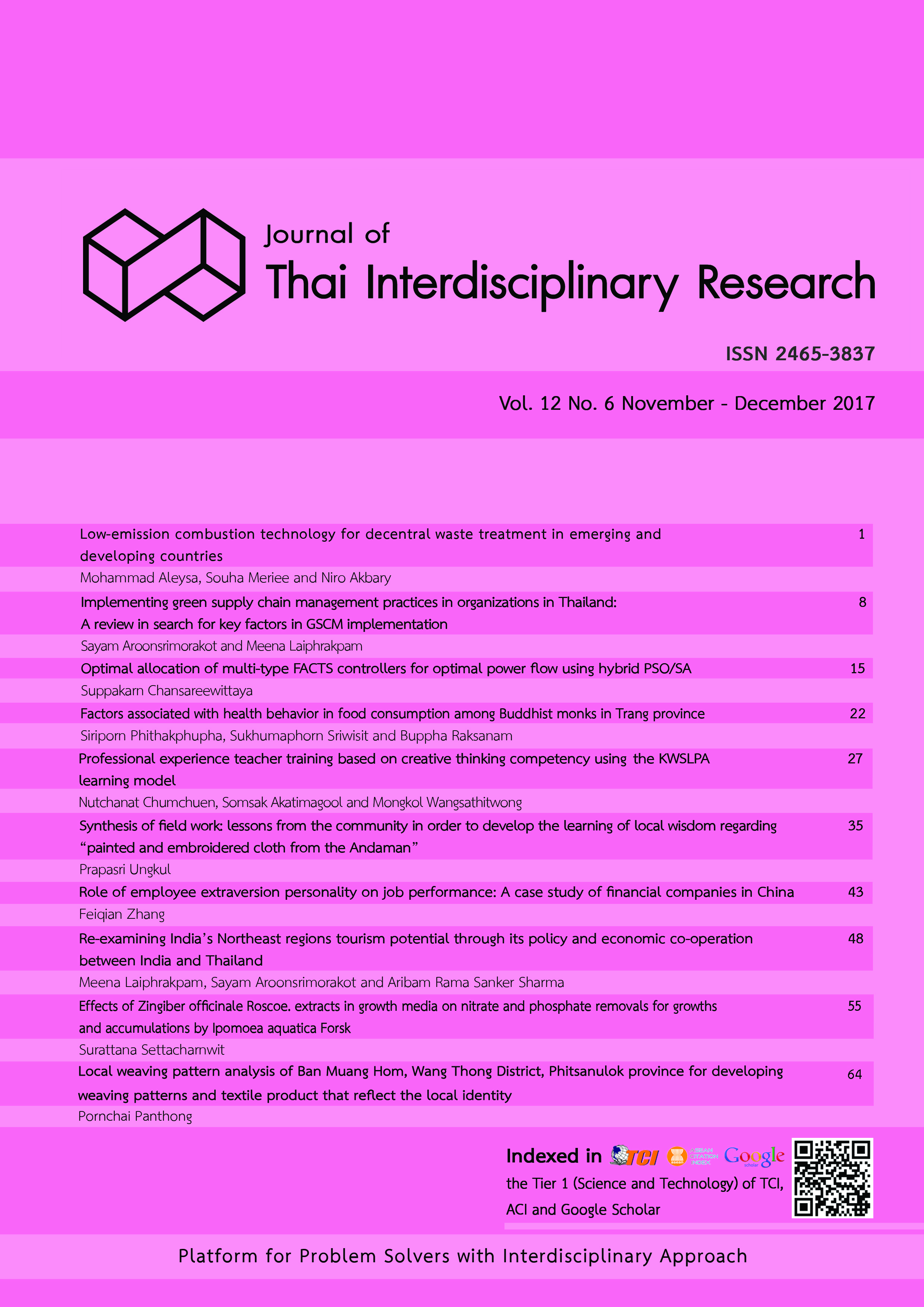Low-emission combustion technology for decentral waste treatment in emerging and developing countries
Main Article Content
Abstract
This study demonstrates an innovative decentralized combustion system for the disposal of biogenic waste, which is called the Low-Emission Combustion System. An adapted combined flue gas cleaning system is set up downstream of an innovative combustion system for the low emission decentralized incineration of different kinds of biogenic waste. The proposed new technology has been tested by preliminary experimental operation for various application scenarios of waste residuals. Meanwhile, the current environmental and health- related aspects are also investigated and experimentally processed. Emissions such as carbon monoxide (CO), total hydrocarbons (CnHm), and nitrogen oxides (NOx) and different parameters have been measured continuously for a precise valuation of the combustion process. The obtained results indicate that the Low- Emission Combustion Concept can maintain stable operation behavior over a long operating time. The half-hour average concentrations of the fine dust are clearly less than 40 [mg / Vm³] [1]. Even more, constant separation efficiency of the particulate matters (> 50 μm) of more than 93% can be achieved without problems. It is also apparent that no exceedance of NOx – and CO- concentrations has been observed.


